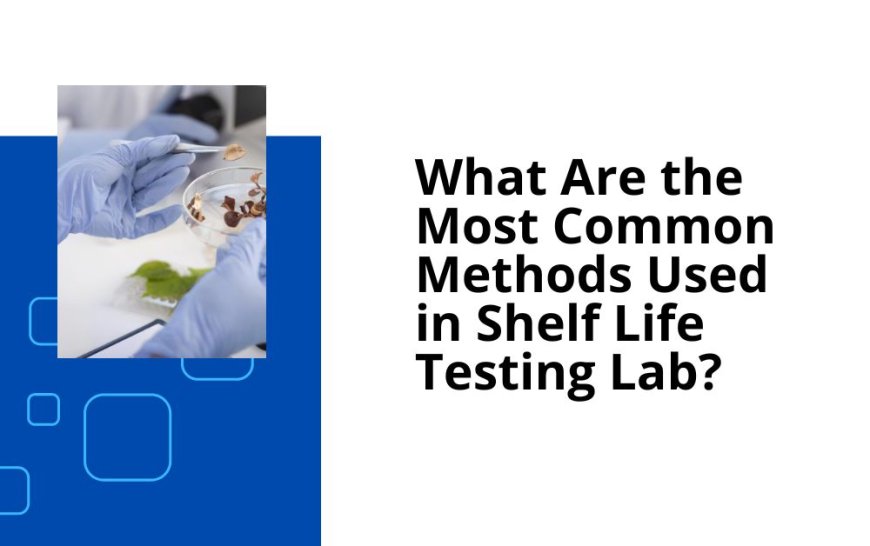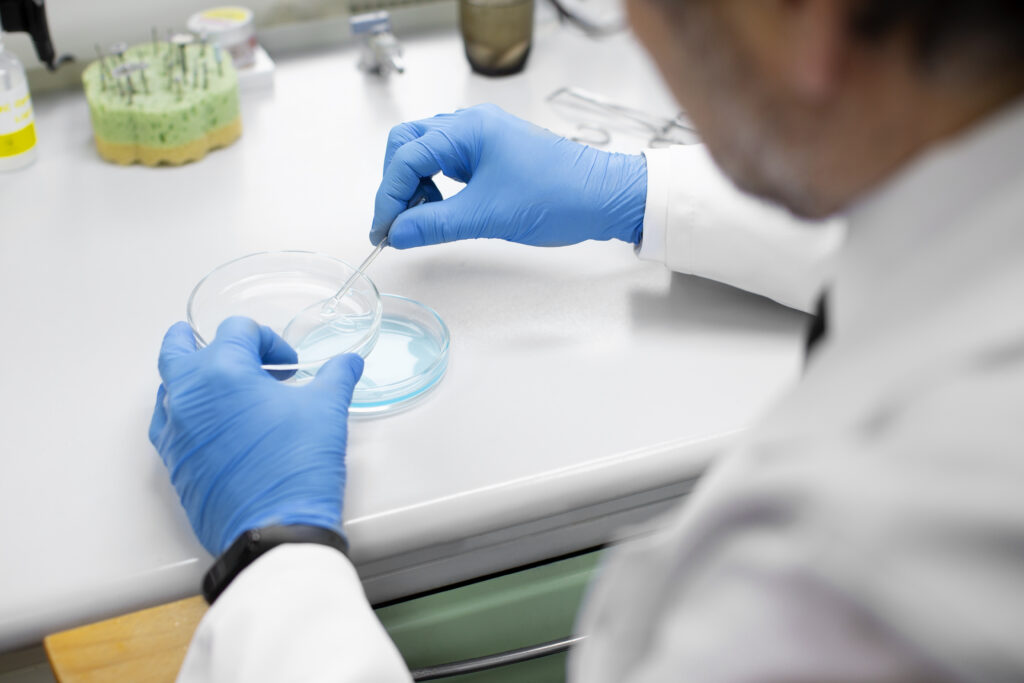What Are the Most Common Methods Used in Shelf Life Testing Lab?

Shelf life testing is a critical process for determining how long products remain at their best quality under specific environmental conditions. This type of testing is essential for manufacturers across various industries, including food, pharmaceuticals, cosmetics, and more. Understanding the common methods used in shelf life testing labs can help manufacturers ensure their products meet safety standards and consumer expectations. This blog explores the most widely used testing methods and their applications.
Introduction to Shelf Life Testing
Purpose of Shelf Life Testing
Shelf life testing lab aims to establish how long a product can be stored without losing its quality, safety, and consumer appeal. This information helps manufacturers set expiration dates, storage conditions, and handling instructions that ensure product quality and safety throughout its intended lifespan.
Importance for Manufacturers
Conducting thorough shelf life testing is crucial for manufacturers to comply with regulatory standards, avoid financial losses from spoiled goods, and maintain consumer trust. By understanding and implementing effective shelf life testing methods, manufacturers can enhance product reliability and marketability.
Common Shelf Life Testing Methods
Accelerated Shelf Life Testing
Concept and Application
Accelerated shelf life testing (ASLT) is used to estimate a product's shelf life in a shorter amount of time by subjecting it to elevated stress conditions such as temperature, humidity, and light. This method is commonly used for products with relatively long natural shelf lives, such as canned goods and pharmaceuticals. The data collected under these accelerated conditions are then extrapolated to predict the product's shelf life under normal storage conditions.
Benefits and Limitations
ASLT can significantly speed up the shelf life determination process, allowing for quicker product development and faster market entry. However, it may not always accurately predict shelf life for all products, especially those sensitive to specific storage conditions not replicated during testing.
Real-Time Shelf Life Testing
Concept and Application
Real-time shelf life testing involves storing the product under recommended conditions and testing it periodically until it fails to meet quality standards. This method is ideal for products where the real-time aging process significantly impacts the quality, such as fresh foods and some cosmetic products.
Benefits and Limitations
This method provides a highly accurate prediction of shelf life as it mirrors actual storage conditions. However, it is time-consuming and can delay the launch of new products, especially those with long shelf lives.
Analytical Testing Methods
Microbiological Testing
Concept and Application
Microbiological testing is crucial for assessing products prone to microbial spoilage, such as dairy products and cosmetics. This testing determines the presence of microorganisms that can affect product safety and quality over time.
Benefits and Limitations
Microbiological testing helps ensure product safety and compliance with health regulations. However, it requires specialized laboratory conditions and skilled personnel to conduct the tests accurately.
Chemical Stability Testing

Concept and Application
Chemical stability testing assesses how the chemical properties of a product change over time. This testing is essential for products like pharmaceuticals and packaged foods, where chemical degradation can affect potency and safety.
Benefits and Limitations
Chemical stability testing provides critical data on product safety and efficacy throughout its intended shelf life. However, it can be complex and require advanced analytical equipment and expertise.
Sensory Evaluation
Concept and Application
Sensory evaluation involves using human senses to assess changes in a product’s taste, smell, texture, and appearance over time. This method is often used alongside other testing methods to provide a comprehensive understanding of how a product’s shelf life impacts consumer experience.
Benefits and Limitations
Sensory evaluation gives direct insights into the consumer experience of a product as it ages. However, it is subjective and can vary significantly between individuals.
Conclusion
Understanding the common methods used in shelf life testing labs is essential for manufacturers to ensure their products meet quality and safety standards throughout their intended shelf lives. Each method has its specific applications, benefits, and limitations. Manufacturers must choose the appropriate testing method based on the nature of their products and the accuracy required. By investing in comprehensive shelf life testing, manufacturers can enhance product reliability, comply with regulatory requirements, and maintain consumer trust and satisfaction. This careful approach to product testing not only safeguards public health but also supports the longevity and success of the brand in the competitive market.
Note:- To read more articles visit on news.bangboxonline.
What's Your Reaction?



























